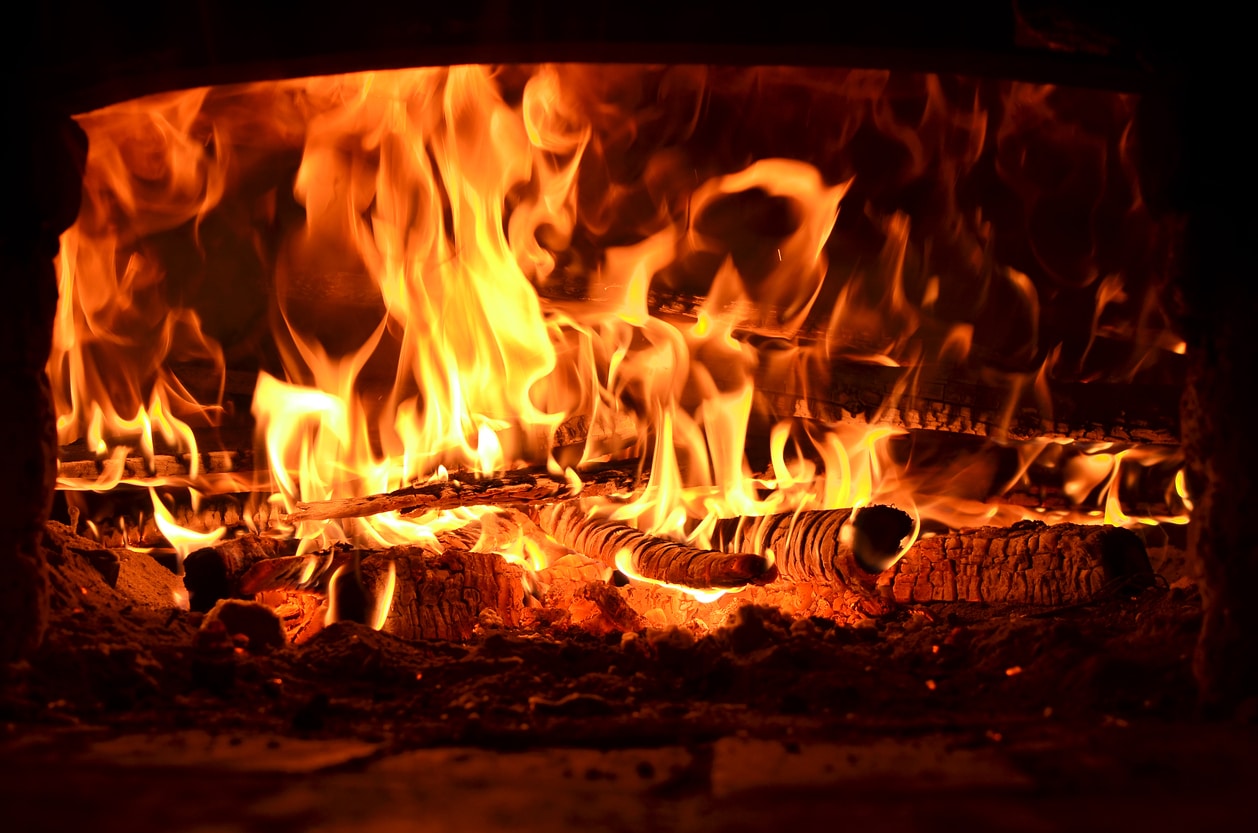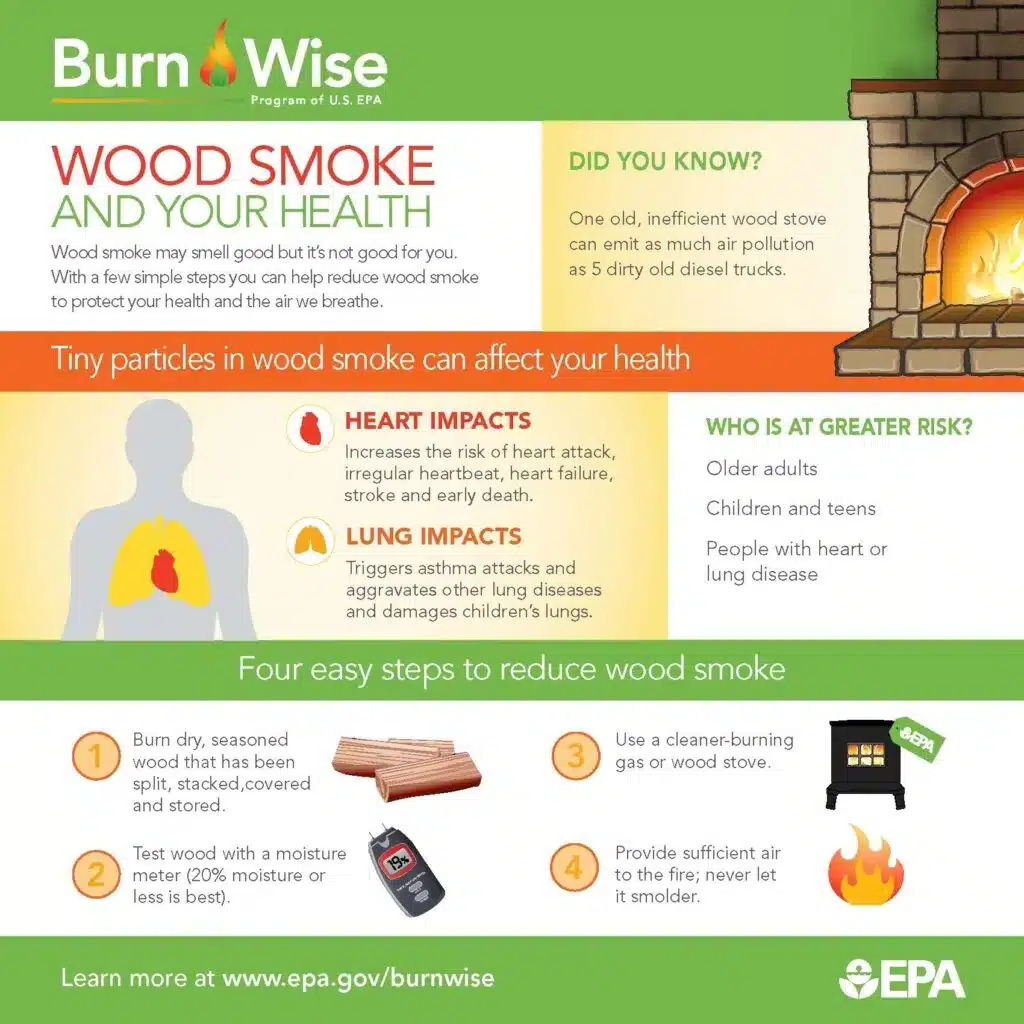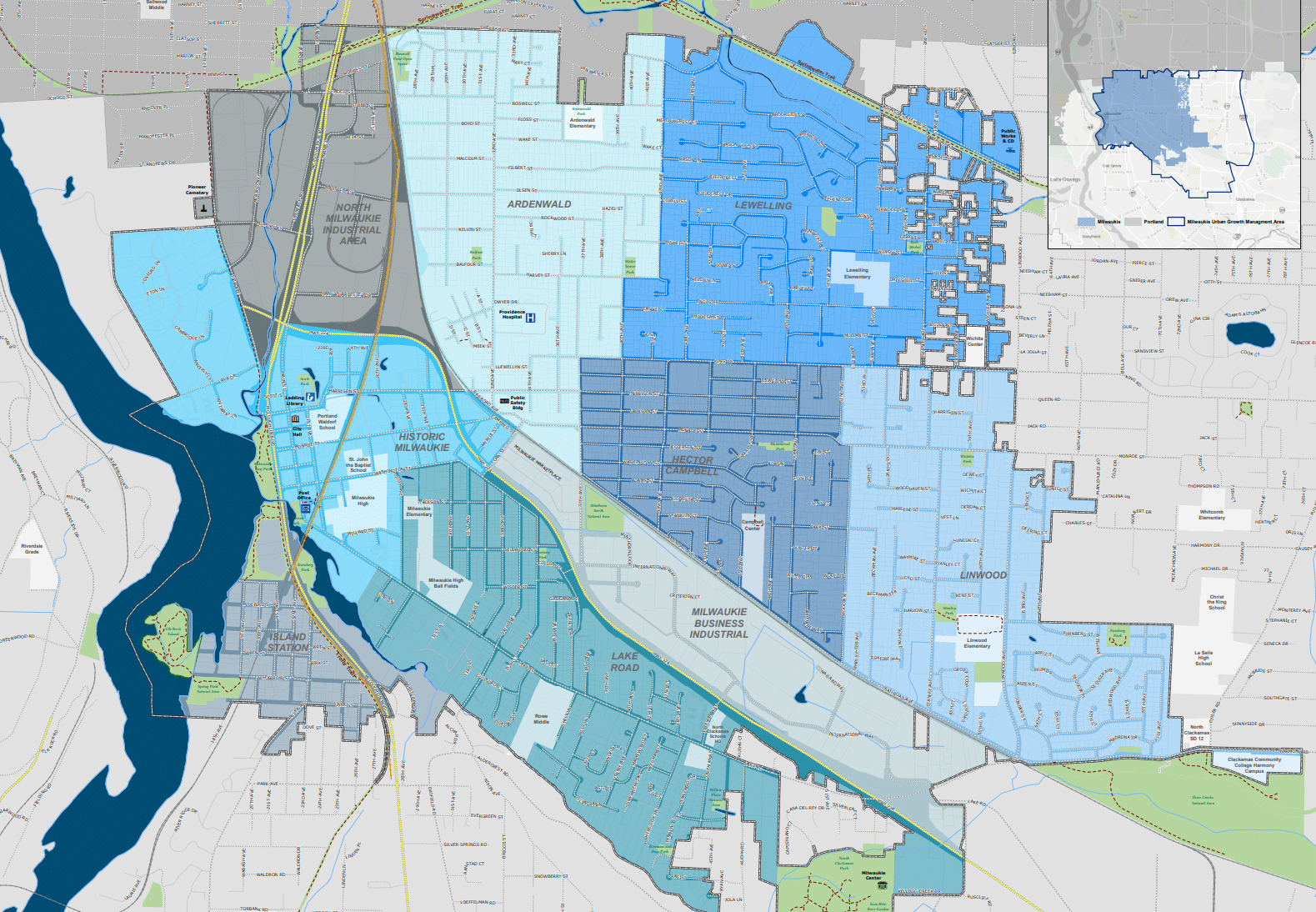Wood Stove Removal in Oregon: A Complete Guide

Updated 11/2024.
Selling or buying a home in Portland? Then one item on your to-do list may be decommissioning the wood stove.
This is still a hot topic in Portland. Many homes have older wood stoves that need to be EPA-certified. Unless they are classified as “antique,” they are illegal to sell with the home. Real estate sales contracts will let you choose to make the seller or the buyer responsible for the removal.
It doesn’t matter if the wood stove is not in use, in a shop or garage, or its installation is otherwise up to code; if the stove is not certified or antique, it must be decommissioned before the home can change owners. This is the rule in many states, including the entire state of Oregon.
In this blog post, we’ll look at what it means to decommission a wood stove, why the law was created in the first place, what classifies as an “antique” wood stove, and how to responsibly dispose of an older wood stove in Portland.
Why Decommission a Wood Stove?
For those who have been using an uncertified wood stove for years, it can be surprising to learn that the trusty old cast iron stove is actually a health hazard and must be removed.
The problem is that the smoke created when burning wood can contain particulate matter 2.5 micrometers in diameter — 30x smaller than the diameter of a human hair. These particles get caught in the lungs of anyone breathing this smoke, triggering breathing difficulties and asthma attacks.
Over time, particulate matter can lead to respiratory disease and heart problems. In fact, last year Multnomah County initiated a stricter ban on wood burning to mitigate the risks. While this applies to all wood burning (indoor wood stoves, fireplaces, and fire pits), it underscores the overall risks of wood burning. It naturally follows that the continued use of a non-certified wood stove would only compound these risks.
In addition to the particulate matter, wood stove smoke contains dozens of toxic organic compounds known to cause cancer.
See the below wood stove health hazard notice from the Department of Environmental Quality(DEQ):

These health risks triggered the EPA to begin regulating wood stoves in 1988. The EPA has issued regular updates to its emissions standards ever since, and manufacturers of wood heating devices are required to meet those standards. You can view the requirements here.
Wood heating devices manufactured to meet the EPA’s emissions standard are certified. Certified wood stoves burn 70% cleaner than uncertified ones, significantly reducing the health risks of generating wood smoke in the home. Certified wood stoves achieve greater efficiency while polluting less because they burn the wood at a higher temperature. They may also utilize catalytic converter technology to prevent toxic organic compounds from escaping into the atmosphere.
Because the pollution control technology must be built into the wood stove, they cannot be certified after manufacturing. In addition, a 2009 Oregon Law, SB 102, requires that uncertified wood stoves be decommissioned before the home is sold (as in, closed at escrow) so that eventually, all uncertified wood stoves will be out of use.
Why is Portland Trying to Eliminate Uncertified Wood Stoves?
A combination of population density and the high number of uncertified wood stoves make Portland one of the worst areas in the nation for wood smoke pollution. According to the EPA, up to 80% of the haze hanging around the Willamette Valley on cold winter days could come directly from wood smoke.
A 2014 DEQ survey of Portland residents found that 32% of respondents burn wood for heat and that more than half use uncertified wood stoves. Taking those stoves out of commission will go a long way toward improving Portland’s air quality and public health.
In addition, wood-burning pollution disproportionately affects the most vulnerable populations in our area. These populations tend to rely more on wood burning to heat their homes and may need to know whether or not their wood stove is certified. In an OPB interview last year, Multnomah County Commissioner Jessica Vega Pederson and Multnomah County Public Health Director Jessica Guernsey discussed how wood smoke contributes to damaging health outcomes in the community, including heart and lung disease. They went on to share the strategies they are using to reduce the burden on vulnerable populations while working to bring awareness and a sense of responsibility to the city of Portland.
How Do I Know if My Wood Stove is Certified?
If a wood stove is certified, it will have a label from the DEQ or EPA affixed to the back. An Underwriters Laboratory or UL safety label does not mean the device is certified to meet emission performance standards. Physically checking the wood stove for the label is the only way to tell — there is no list of wood stove models certified for use in Oregon. Generally speaking, any stove built or installed before 1986 is likely to be uncertified.
EPA certification label circa 1988 to present

Oregon’s Wood Stove Decommissioning Requirements
Decommissioning means removing and/or destroying the wood stove so it can not be used again. It’s the seller’s responsibility to comply with the law; however, it can be written into the sales contract that the buyer will take on that responsibility. In that case, the buyer will have 30 days after the home sells to meet the requirements. No matter which side of the sale you are on, be sure you know who the contract states is responsible for removing a non-certified wood stove.
What exactly does it mean to decommission a wood stove? If you’re not actually removing the stove (maybe you want to keep it for decorative purposes), it must be rendered inoperable for burning wood. The DEQ recommends removing the doors and hinges and cutting four-inch diameter holes at the top and sides of the stove. This is difficult to perform on a cast iron metal box, so nearly all sellers and buyers remove and destroy the wood stove.
Removing the stove is another way to decommission it, but it can’t be sold or given away. In fact, it should still be taken to a scrap metal dealer or recycler for destruction. Please keep the receipt of the destruction! You might need it later. When the stove is dropped off, you should obtain a numbered receipt from the business that disposes of the stove.
The next step is to let the DEQ know that the wood stove has been decommissioned by going online and submitting an Uncertified Wood Stove Removal Notification. Then, print and save a copy of the confirmation page.
Following the law is essential to ensure that your home sale isn’t delayed. Not only is there a possible $750 fine, but mortgage companies will not proceed with a home sale if they discover that an uncertified wood stove is still in the home. There are plenty of reasons a home sale can fall through; don’t let neglecting to decommission a wood stove be one of them.
Antique Wood Stoves are Exempt
According to the State of Oregon, some devices are exempt from the certification requirements and do not need to be removed from the home at the time of sale. They include antique stoves, defined as a wood stove built before 1940 “that has an ornate construction and a current market value substantially higher than a common woodstove manufactured during the same period” [OAR 340-262-0450(1)]. Be careful there; simply because you have an old wood stove doesn’t mean it is an antique. It has to have a substantially higher market value than other woodstoves made around the same timeframe.
Other exempt devices include:
- Central, wood-fired boilers
- Cookstoves
- Gas fireplaces and appliances
- Masonry heaters and fireplaces
- Pellet stoves
- Saunas
Getting Help with Wood Stove Decommissioning
While doing it yourself is perfectly legal, most people aren’t going to lug a 500-pound-plus chunk of cast iron out of their home and then drill 4″ holes in the side! Fortunately, Portland has several professionals who will do it for you. Ask your real estate agent for a referral. Buck’s Stove Palace on Foster has specialized in decommissioning for years. Decommissioning your uncertified wood stove is an essential step toward putting your home on the market and getting it sold quickly.
Go to their FAQ page to learn more about Oregon’s wood stove requirements. The DEQ’s online verification form for decommissioned wood stoves can be found here.
Thinking of Buying or Selling a Home with a Wood Stove?
If you’re considering buying a home with a wood stove within the metro area, our top 1% buyer’s team would love to help answer your questions. Or if you need help selling a house with a wood stove, our top 1% seller’s team is ready to assist you. Our real estate experience in the Portland metro area includes over 2,000 completed sales, including homes with uncertified wood stoves, and we’d love to put our expertise to work for you. Call us today at 503-714-1111.
Oregon Woodstove FAQS
How to Choose a Modern Certified Wood Stove
Looking for EPA certification is the first step, but you can also choose other heating stove models that burn cleaner than wood stoves. Examples include pellet stoves and gas stoves.
Can Wood Stove Decommissioning Affect My Home Insurance?
Insurance companies often charge higher premiums for homes with wood stoves due to the increased fire risk. Some insurance companies also have specific requirements for homes that do, including certification. Check with your insurer after removing or decommissioning your stove to see if it lowers your policy.
Are There Long-Term Benefits of Decommissioning a Wood Stove?
Improved health is a primary reason, but higher efficiency is another. Modern wood stoves with EPA certification are often more efficient, cutting heating costs. The blend of both benefits can also be appealing to future eco-conscious buyers. You can also switch to pellet and gas stoves for more efficiency, though the cost for gas stoves often runs higher than wood.
What are the Environmental Impacts of Certified Wood Stoves?
Certified wood stoves also produce emissions, but fewer than uncertified ones. You can reduce environmental impact with pellet stoves, which repurpose wood shavings that would otherwise be discarded.
How Can I Repurpose Wood Stoves?
They can be turned into unique garden planters, outdoor grills, upcycled furniture, or creative works of art! With some creativity, you can give new life to those old stove parts (see the section below before you decide to do this).
Are There Risks When Using Uncertified Wood Stoves for Decoration?
Yes, it can still pose risks if the hazardous materials remain. One example is soot, which is highly flammable. Remember that even if you use it for decoration, an installed uncertified stove is illegal and must be removed by law unless it is categorized as “antique”. You will need to fully remove it to repurpose it.


